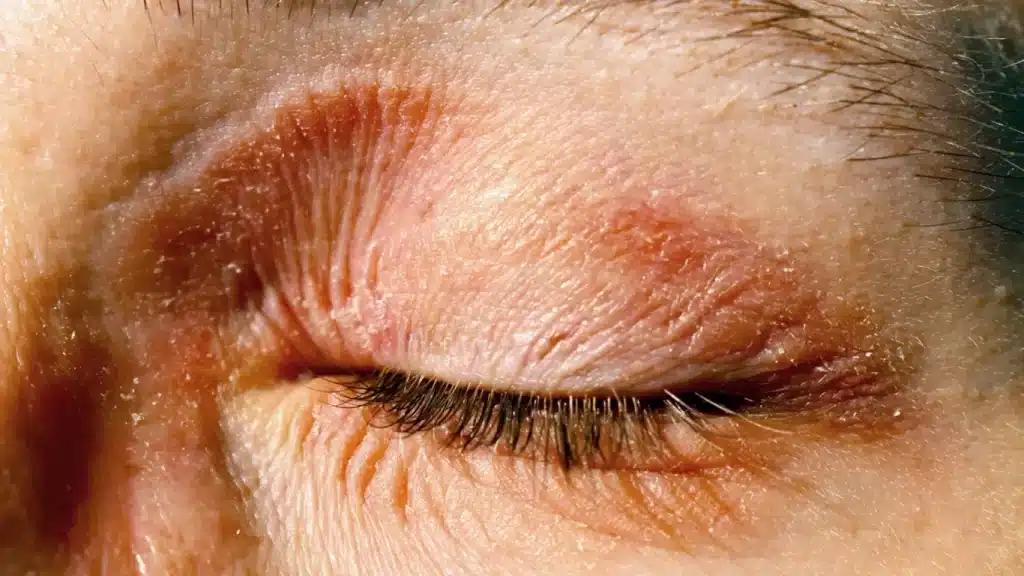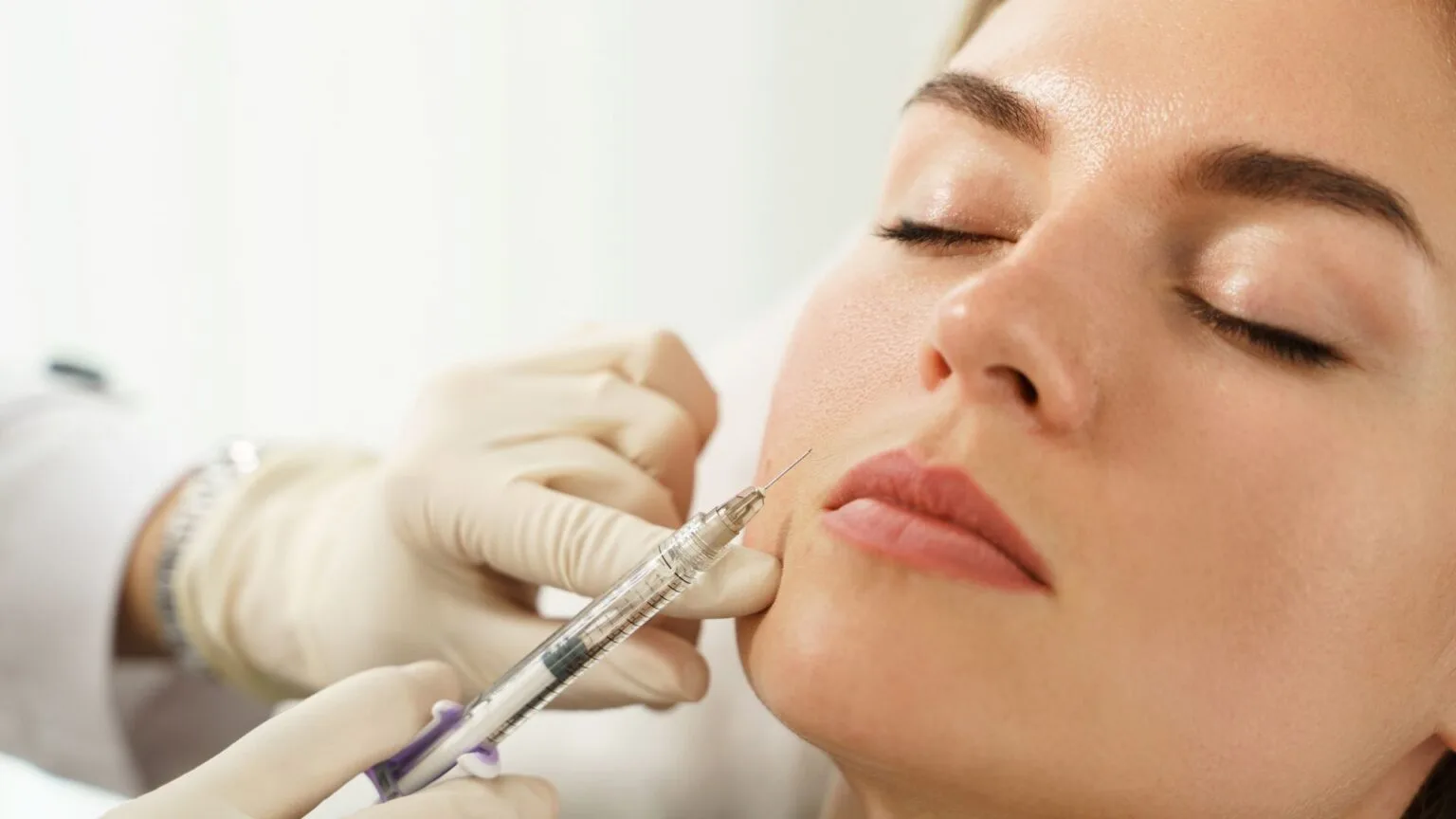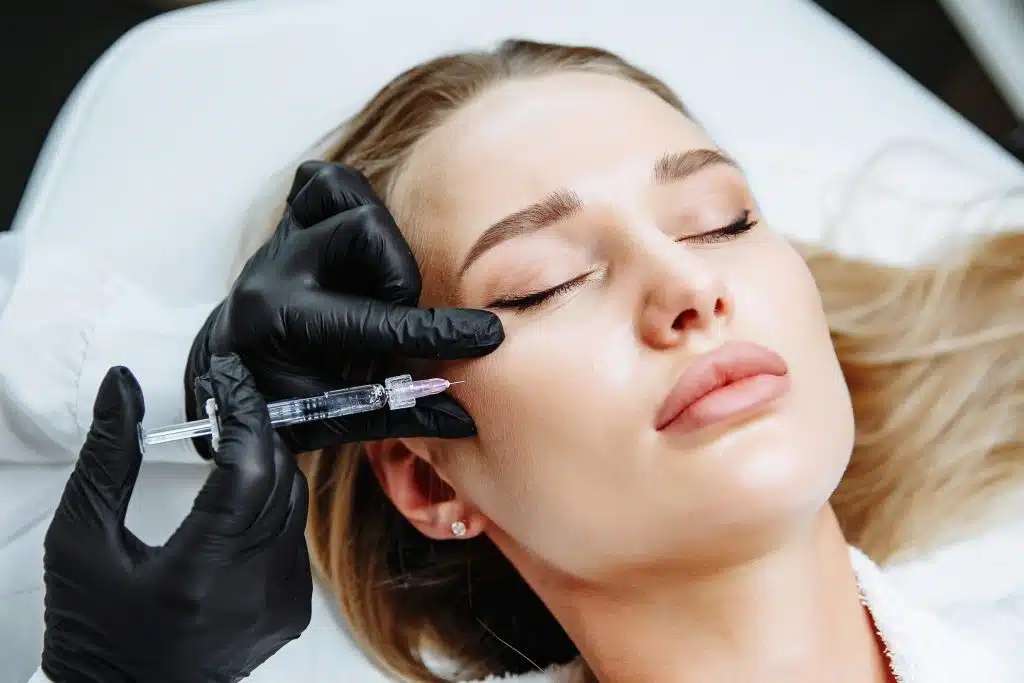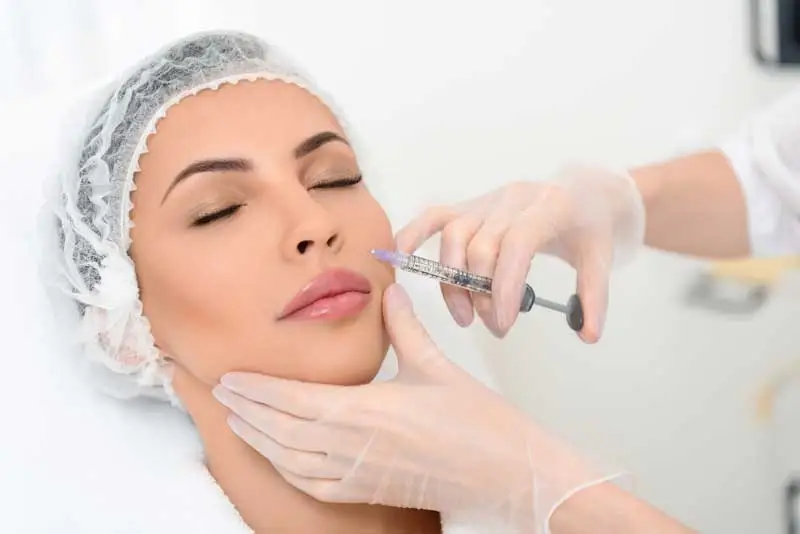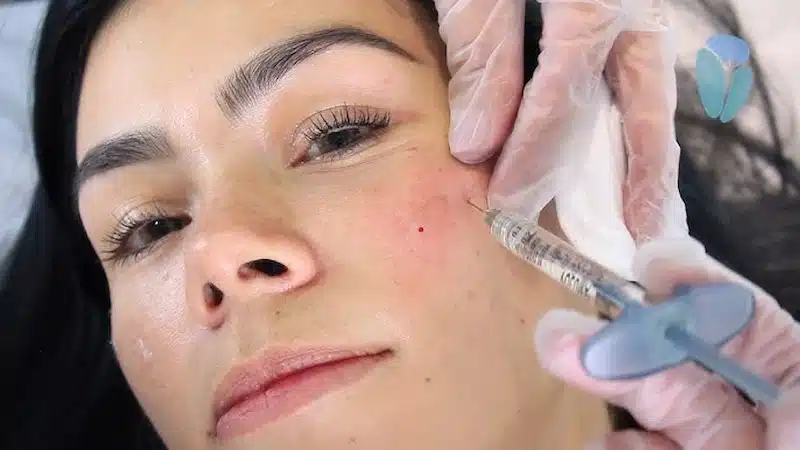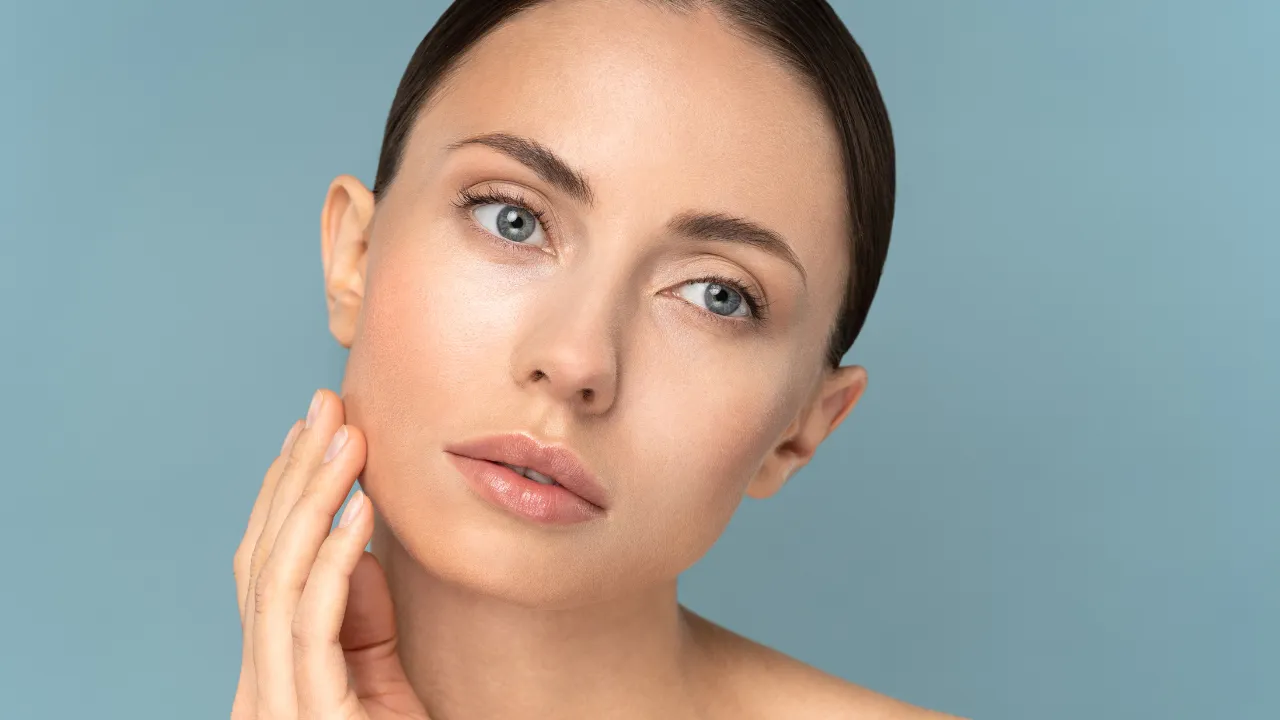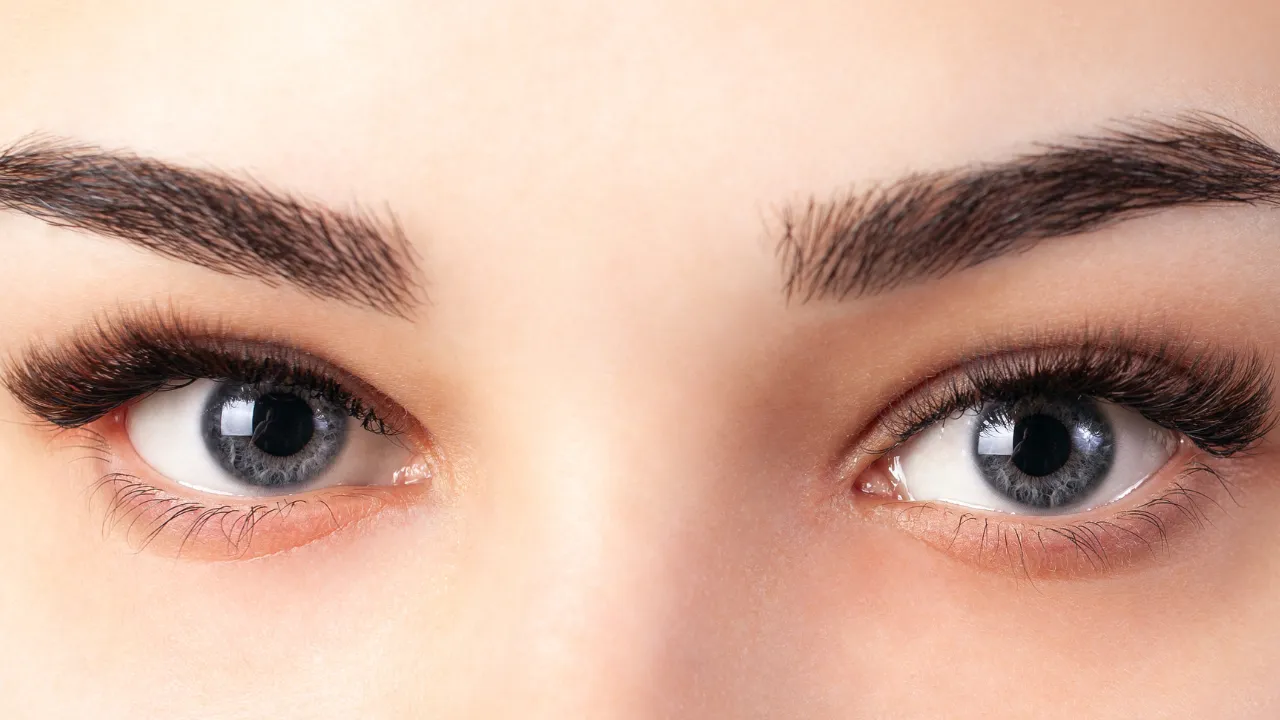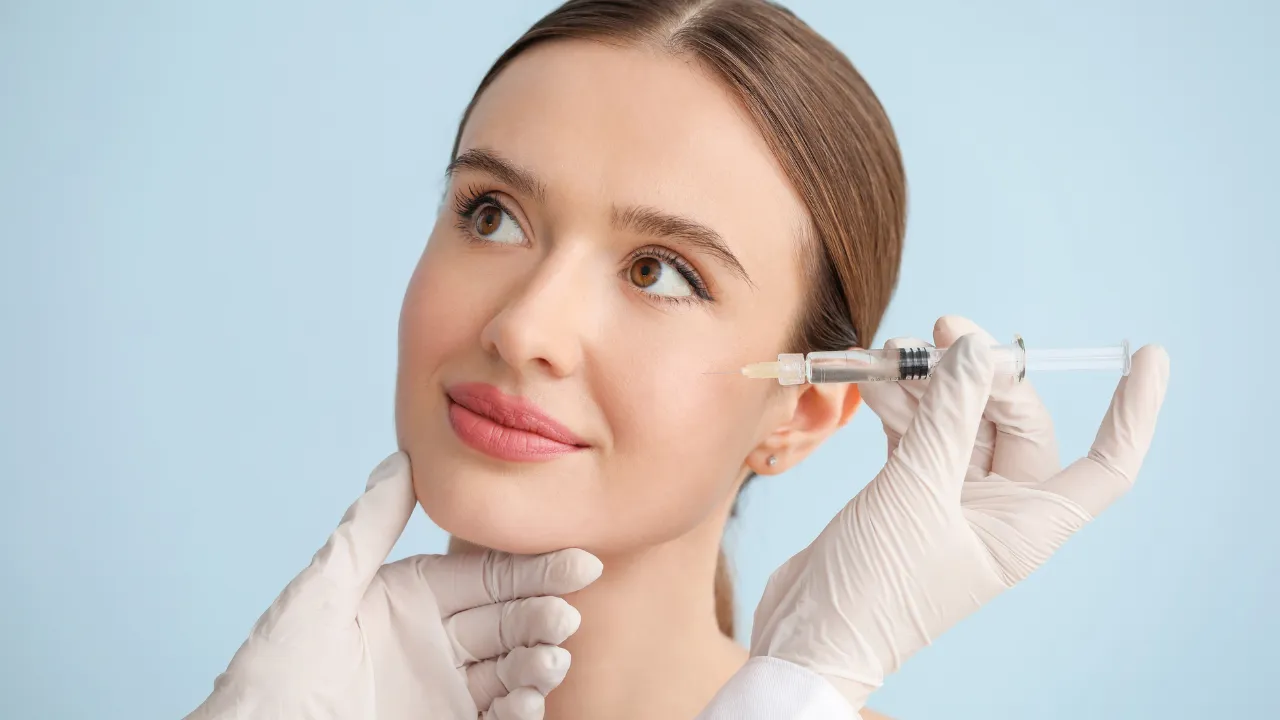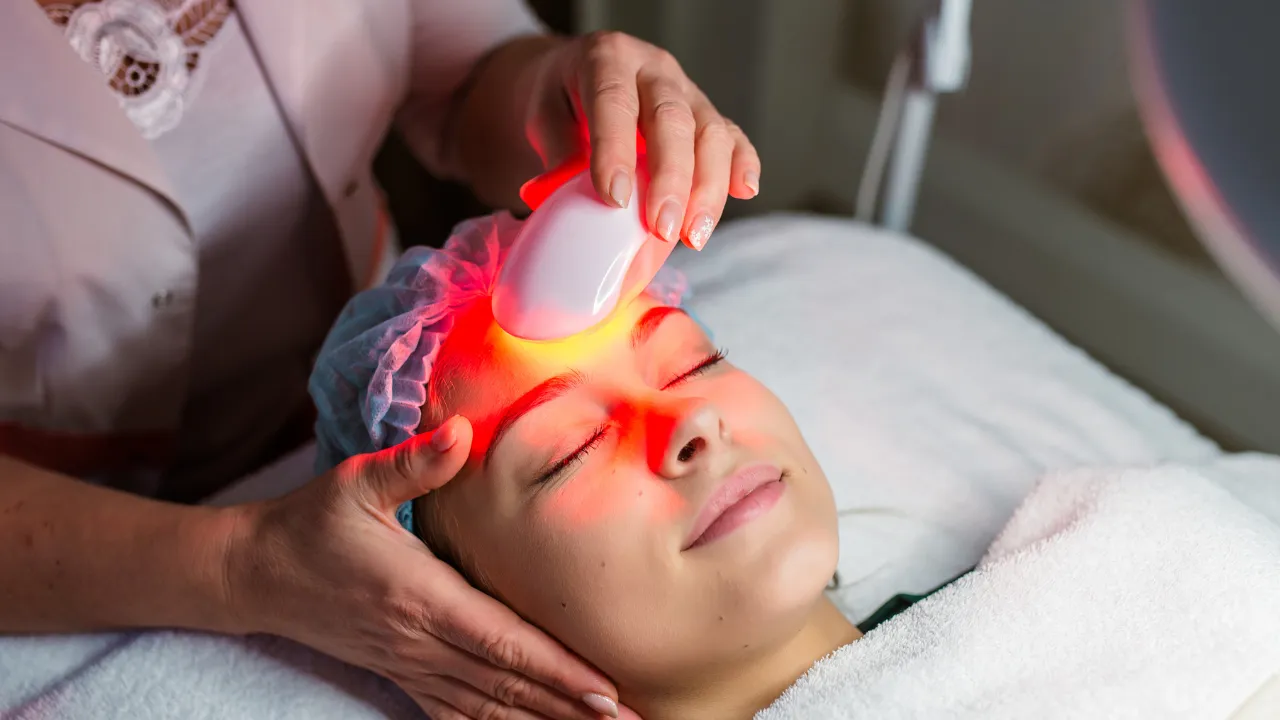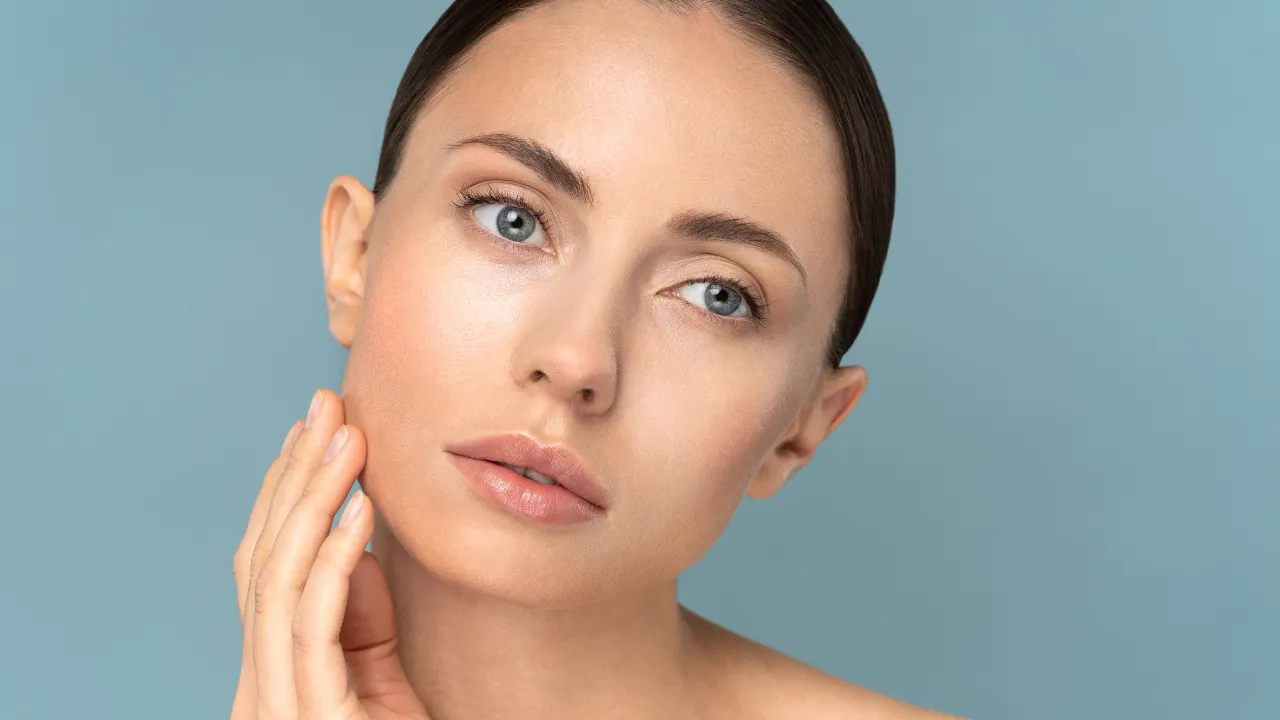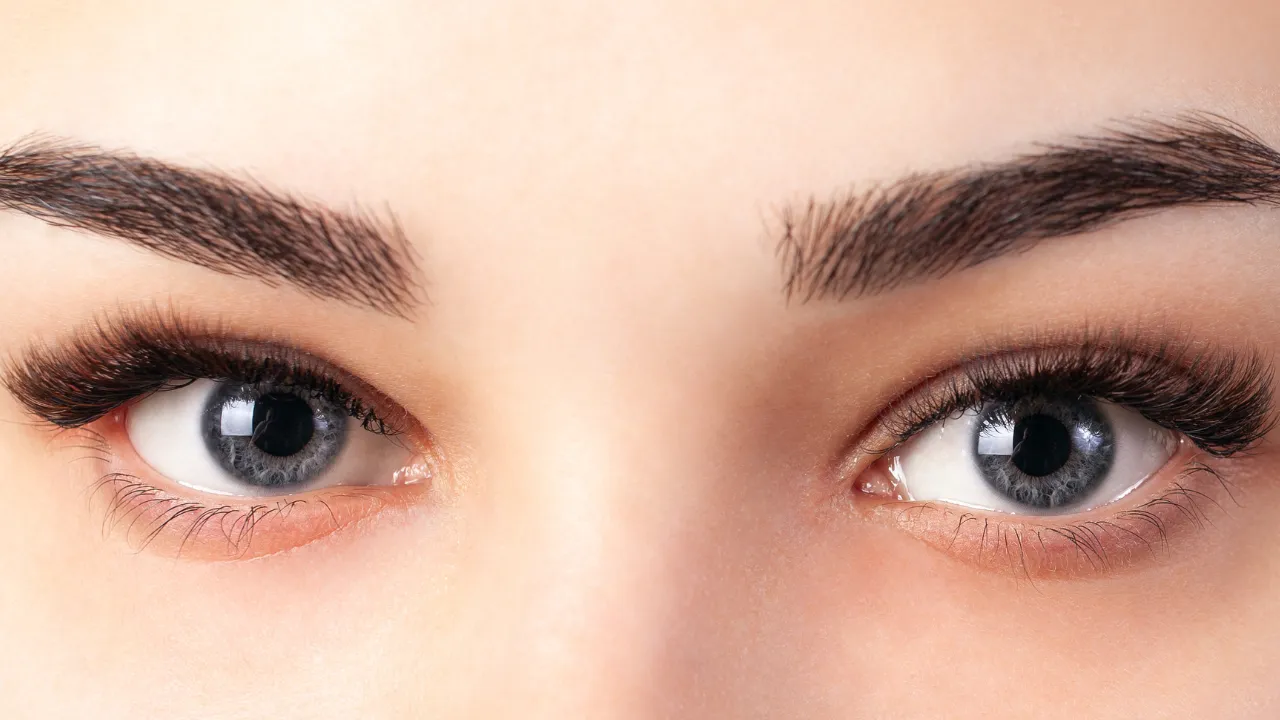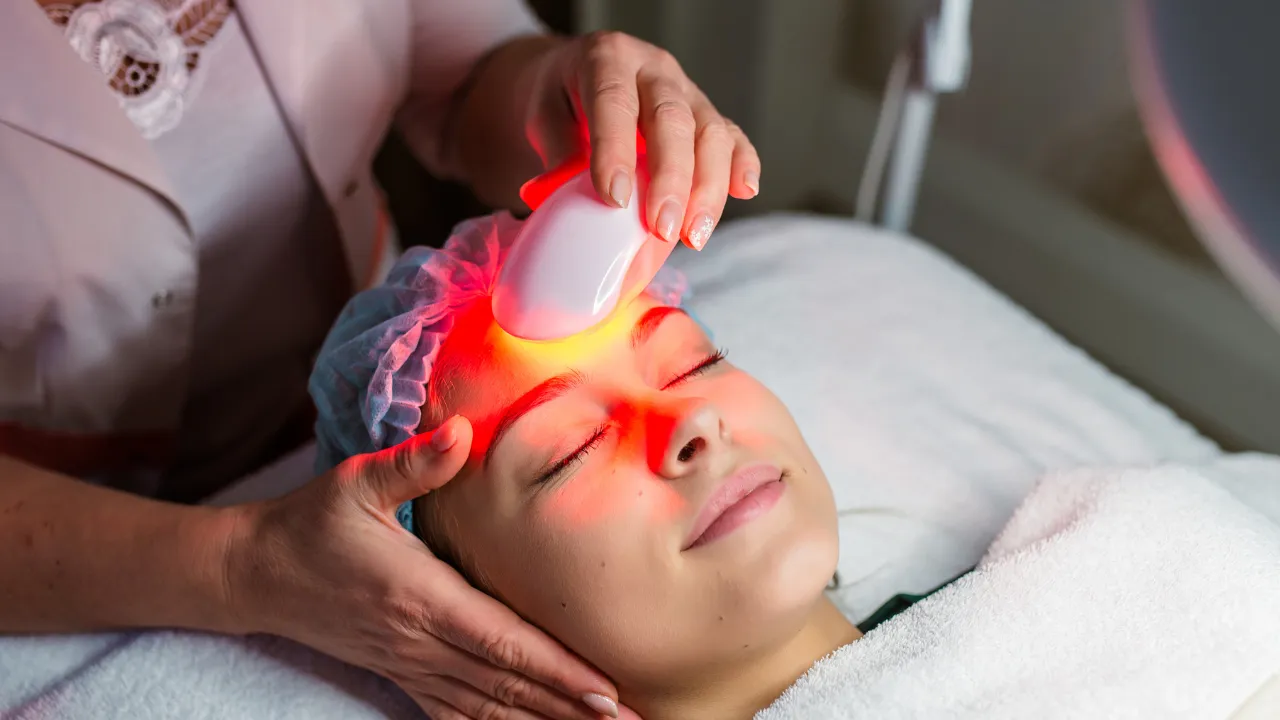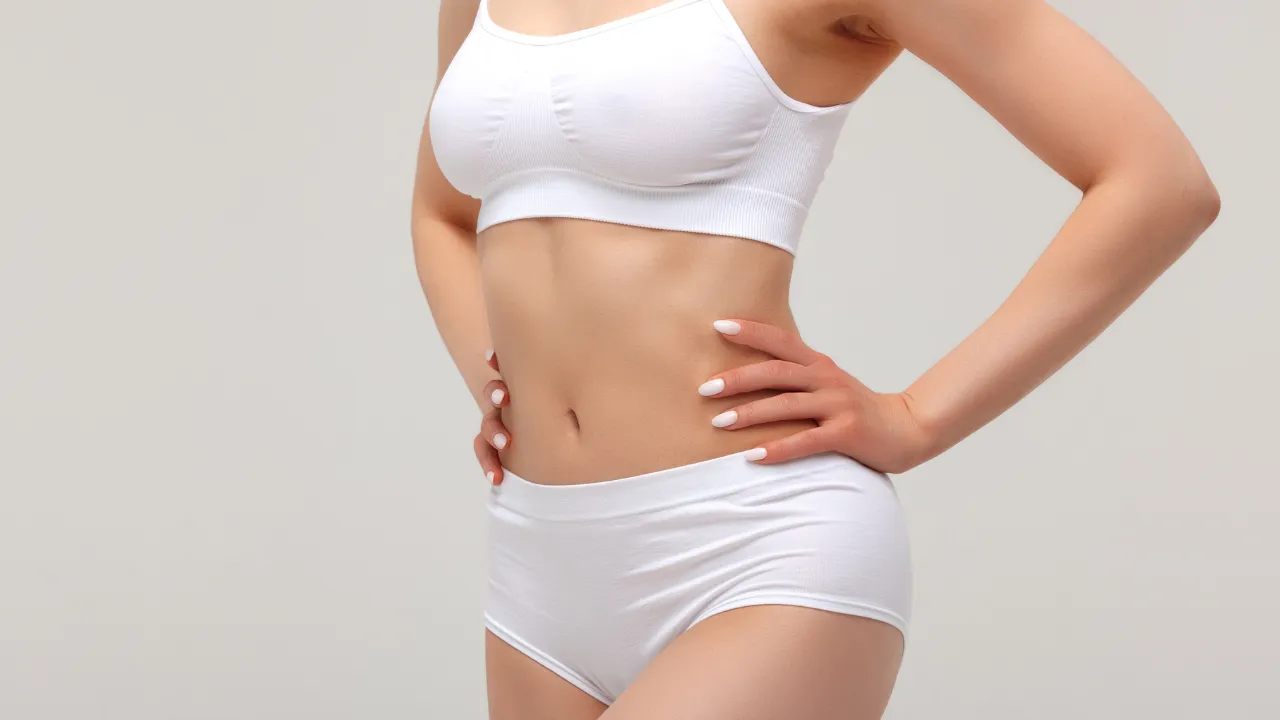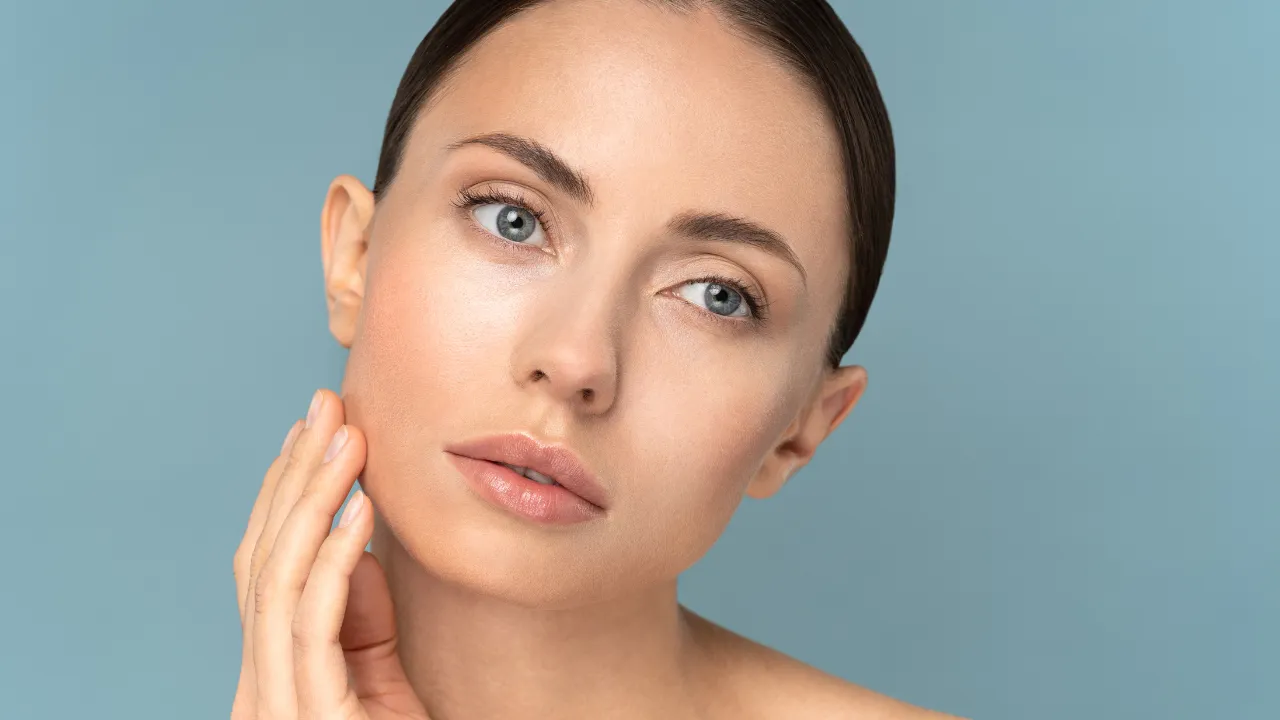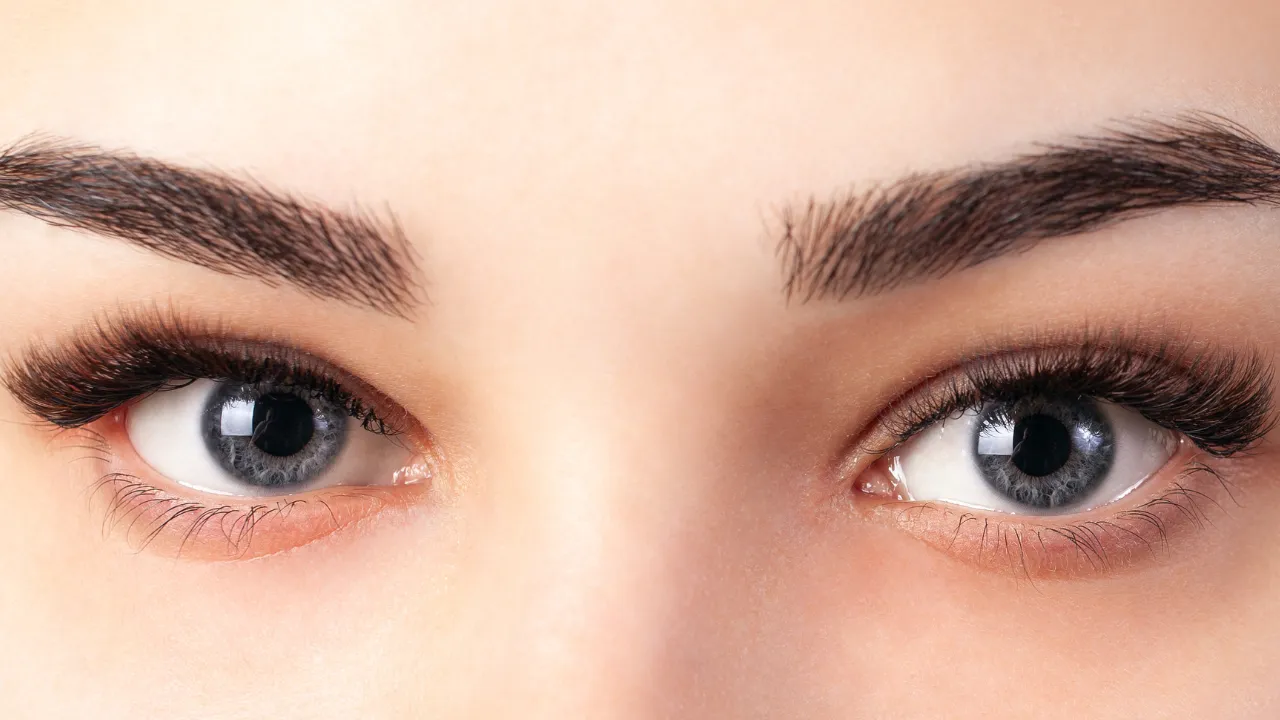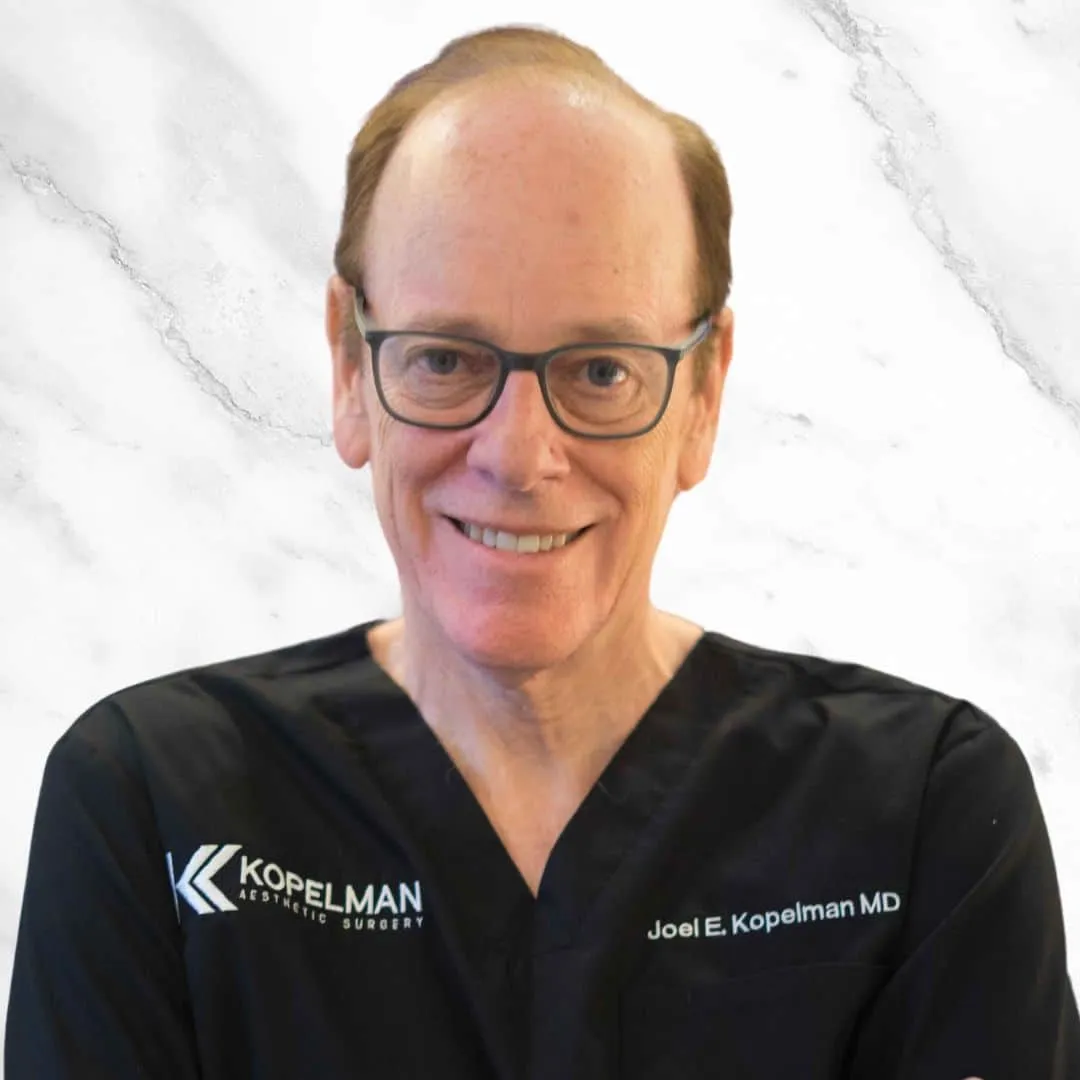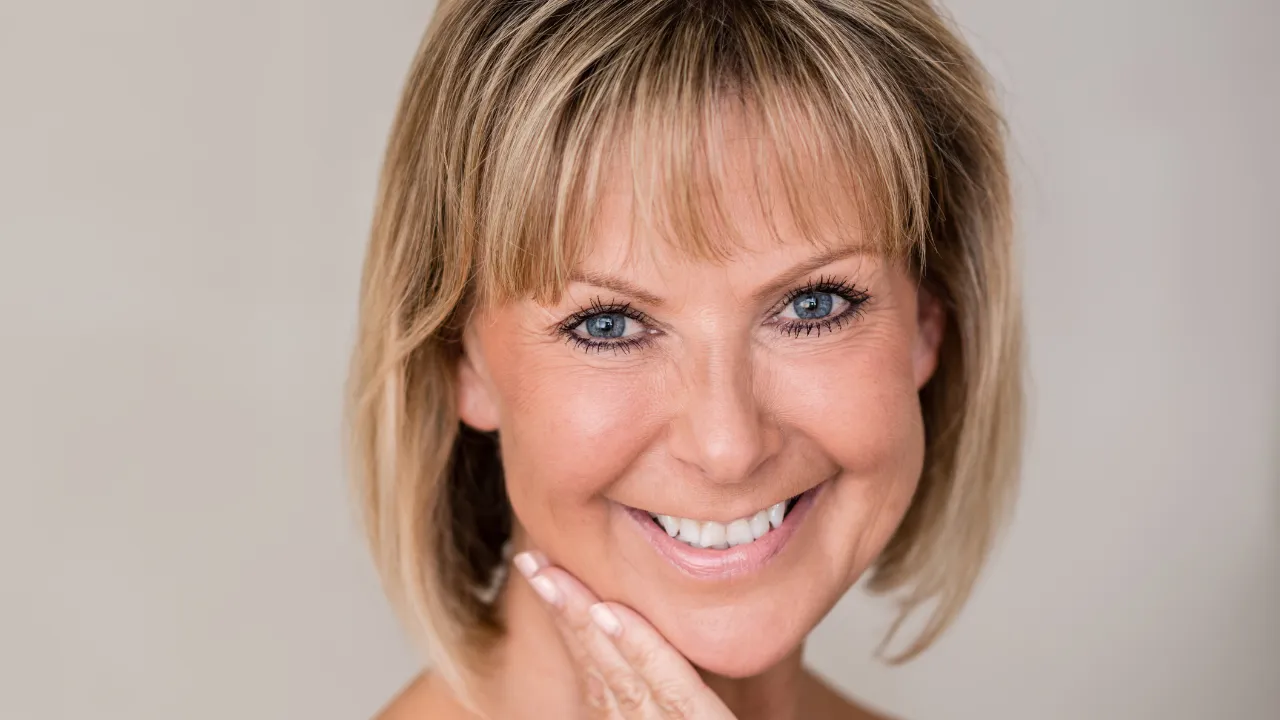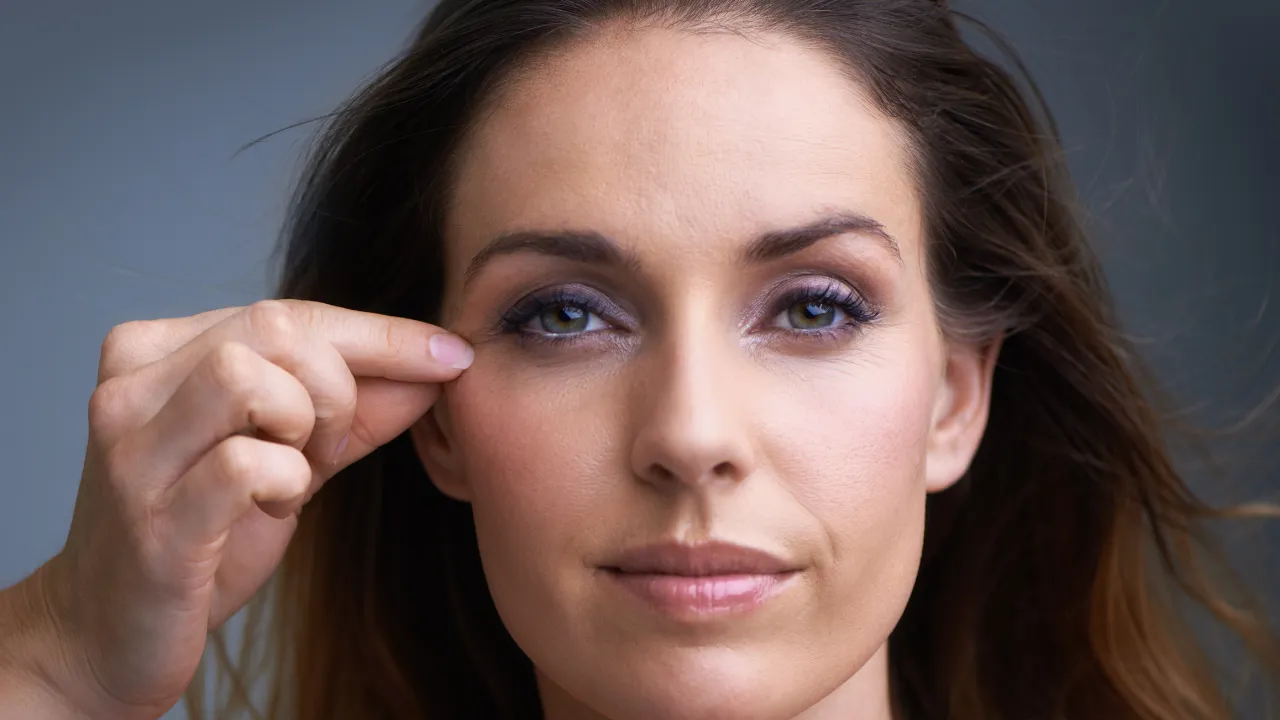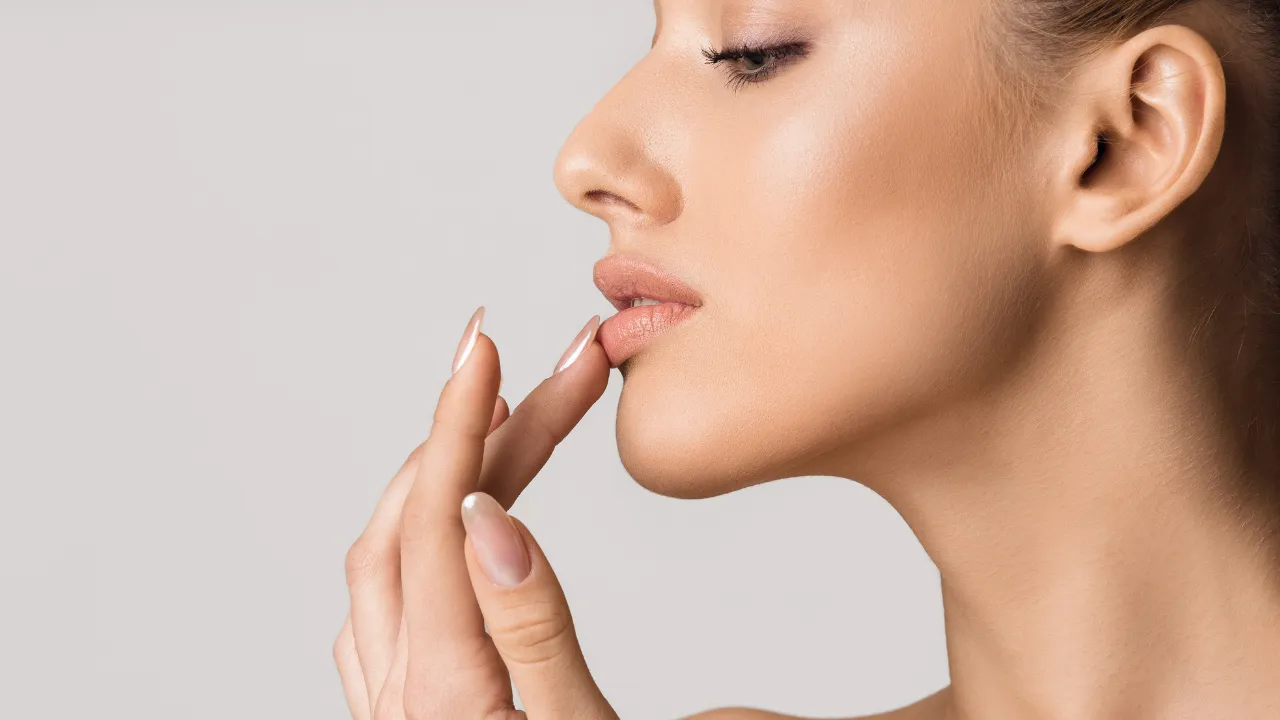Dr. Joel Kopelman, a board-certified oculoplastic and facial plastic surgeon at Kopelman Aesthetic Surgery, often treats patients struggling with eyelid irritation. Many ask what to put on a dry eyelid safely. Remedies such as gentle moisturizers, warm compresses, and avoiding irritants usually restore comfort.
For those with a dry eyelid condition, the first step is using safe products made for sensitive skin. In some cases, medical care is needed to rule out underlying problems. Dr. Kopelman stresses selecting proven treatments to protect the thin eyelid skin.
Key Takeaways
- Dry eyelids can be treated with moisturizers, ointments, and compresses, while harsh products should be avoided.
- Common causes include environmental triggers, skin conditions like eczema, and makeup residue, with risk factors like age, allergies, and contact lens use.
- Symptoms include redness, flaking, burning, and sensitivity, and persistent cases may require medical evaluation.
- Daily prevention includes gentle cleansing, hydration, screen-time breaks, and protection from environmental stressors.
- Professional care from Dr. Kopelman ensures accurate diagnosis and effective treatment when self-care fails.
Table of Contents
ToggleEffective Treatments for Dry Eyelids
What can I put on extremely dry eyelids
Fragrance-free, hypoallergenic ointments or light moisturizers relieve irritation. Avoid harsh products like retinol, which worsen dryness and may cause unwanted side effects.
Best creams and moisturizers for dry eyelids
Choose eye-safe, non-comedogenic products such as petroleum jelly or creams with hyaluronic acid. Apply a thin layer twice daily to hydrate and treat dry eyelids.
Dry eyelids home remedies
- Warm compress for 5–10 minutes.
- Humidifier use indoors.
- Washing your face and eyelids with diluted baby shampoo or mild cleansers.
Using warm water rather than hot water protects the delicate eyelid skin from irritation. These simple methods often ease mild cases of eyelid dryness and itching.
Can I put Vaseline on my eyelids for dry eyes?
Vaseline is generally safe on the skin, but must not enter the eye. Sensitive users should test a small area first before applying broadly.
How to get rid of dry eyelids overnight
A warm compress followed by ointment before sleep often reduces visible dryness by morning. This approach can help patients with flaky skin who need quick relief.
Treatments focus on relieving current symptoms through creams, ointments, and home remedies.
How to Fix Dry and Irritated Eyelids
How to treat dry skin around the eyes
Use lightweight eye creams and apply gently with clean fingers. Avoid rubbing, which worsens irritation and can aggravate dry and itchy eyelids.
Remedies for eyelid dryness and itching
Eyelid dryness and itching often result from allergic reactions or environmental factors. Cool compresses, artificial tears, or mild antihistamine drops can help. Always avoid scratching, as it can worsen symptoms.
Why are my eyelids dry and flaky?
Flakiness often links to medical conditions such as eczema, eyelid eczema, or blepharitis. Medicated creams from a doctor may be needed if standard remedies do not work.
Causes of the Dry Eyelid Condition
Why are my eyelids dry?
Cold weather, heating, contact lens use, and rubbing often dehydrate eyelid skin. Reduced activity in the oil glands also leads to dryness.
What causes dryness in the upper eyelids
Upper eyelid dryness may result from eye makeup, allergic reactions, or blocked oil glands. Poor removal of cosmetic products can make symptoms worse.
Skin conditions like eczema or dermatitis
Eczema, including eyelid eczema, and seborrheic dermatitis frequently affect eyelids, causing scaling and redness. Proper care and medical treatment help reduce flare-ups.
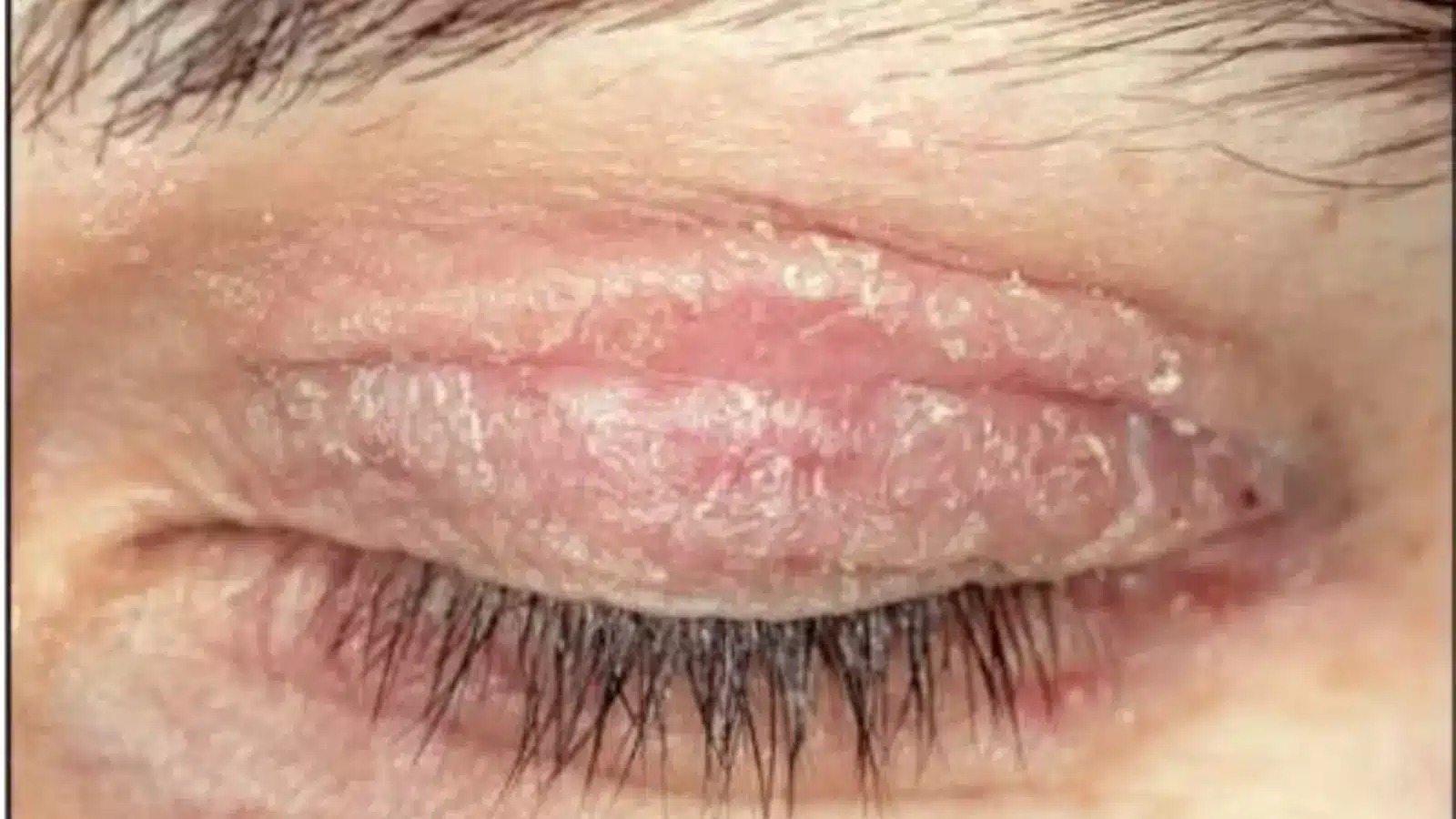
Environmental and lifestyle triggers
Pollution, long screen use, and smoking are common environmental factors. Air conditioning and dry climates also contribute to eyelid irritation.
Risk Factors for Dry Eyelids
Some people are more prone, including older adults and contact lens wearers. Those with eczema, psoriasis, or allergies also face a higher risk.
Key risk factors include:
- Older age.
- Contact lens use.
- Skin conditions such as eczema.
- Dry or air-conditioned environments.
- Seasonal allergies.
Common symptoms and risk factors
Patients often report redness, swelling, or gritty sensations. Older adults and allergy sufferers face a higher risk.
Symptoms of a Dry Eyelid
Dry eyelid symptoms include redness, flaking, swelling, and burning sensations. Sensitivity to skincare or makeup is also common.
Typical symptoms include:
- Redness or swelling.
- Flaking or peeling skin.
- Burning or gritty sensation.
- Sensitivity to makeup.
- Frequent blinking for comfort.
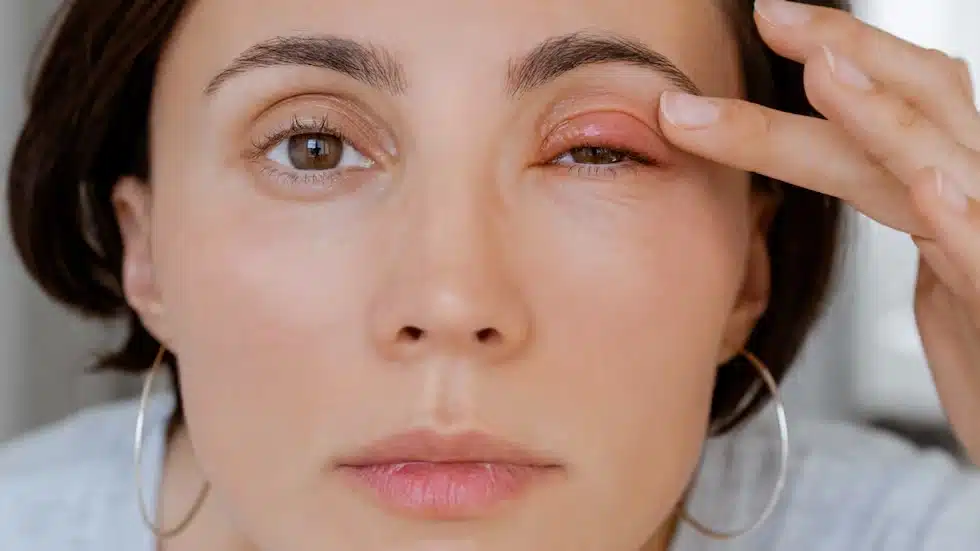
When Dry Skin on the Eyelid Won’t Go Away
Signs you need medical care
Seek professional evaluation if dryness continues for more than two weeks, worsens despite home care, or affects vision.
Seek care if you notice:
- Severe swelling or redness.
- Increasing pain.
- Discharge or crusting.
- Vision changes.
- No improvement after one week.
Long-term relief options
Prescriptions, allergy management, or in-office procedures may provide lasting relief. Dr. Kopelman advises against delaying care.
Prevention Tips for Healthy Eyelids
- Wash with gentle cleansers.
- Use a humidifier.
- Limit eye makeup or choose hypoallergenic products.
- Wear sunglasses outdoors.
Daily prevention is the best long-term dry eyelid treatment. Staying hydrated and resting well keep eyelids healthier.
Other steps include limiting screen time and avoiding hot water, which strips natural oils.
Additional prevention tips include:
- Drink water regularly.
- Maintain consistent sleep.
- Use artificial tears if needed.
- Avoid harsh cleansers.
Prevention differs from treatment by focusing on future protection.
Expert Insight from Dr. Kopelman
Dr. Kopelman explains that eyelid skin is thin and easily irritated. Using safe, proven remedies prevents further harm.
He adds that persistent dryness often points to medical conditions such as blepharitis, dermatitis, or eyelid eczema. Early medical evaluation ensures proper treatment and comfort.
Knowing common causes and risk factors helps patients act early. When symptoms persist, Dr. Kopelman recommends professional care from an eye specialist to ensure accurate diagnosis and effective relief. Schedule an appointment for a thorough evaluation and personalized treatment plan.

